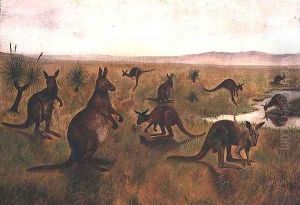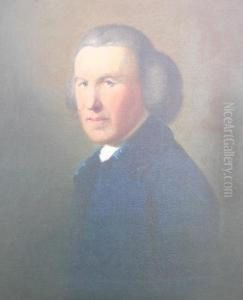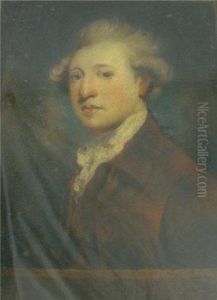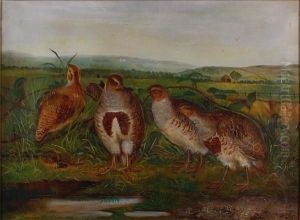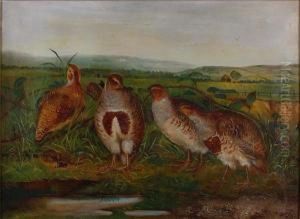William Webster Hoare Paintings
William Webster Hoare was a British portrait painter born in 1787. He was part of the Hoare family, a dynasty of artists that made significant contributions to British art over several generations. William was the son of the renowned portraitist Prince Hoare and the nephew of William Hoare of Bath, RA, an eminent painter who was among the first members of the Royal Academy. Despite the prominence of his family in the arts, detailed records of his life and career are relatively scarce, and his work is often overshadowed by the achievements of his more famous relatives.
William Webster Hoare's artistic career unfolded during a period marked by significant changes in British art, including the rise of Romanticism and shifts in public and patron tastes. Although he is primarily known for his portrait work, the details of his education and training remain somewhat unclear. It is likely that he received his artistic training within his family, benefiting from the rich artistic environment and connections his family lineage provided. This background would have offered him ample opportunities to develop his skills and establish himself as a portrait painter.
Throughout his career, William Webster Hoare exhibited a number of works, although his exhibition history and the exact number of works he produced are not well-documented. His style was reflective of the period, focusing on the accurate depiction of his subjects with an attention to detail and a preference for traditional portraiture techniques. Despite the lack of extensive records on his personal life or a comprehensive catalogue of his works, Hoare contributed to the continuation of the family's artistic legacy during the 19th century.
William Webster Hoare passed away in 1862. While he may not have achieved the same level of fame as some of his contemporaries or family members, his work remains a part of the rich tapestry of British portraiture. His life and career offer insight into the challenges and experiences of artists living and working in the shadow of a prominent family legacy within the competitive and evolving art world of the 18th and 19th centuries.
